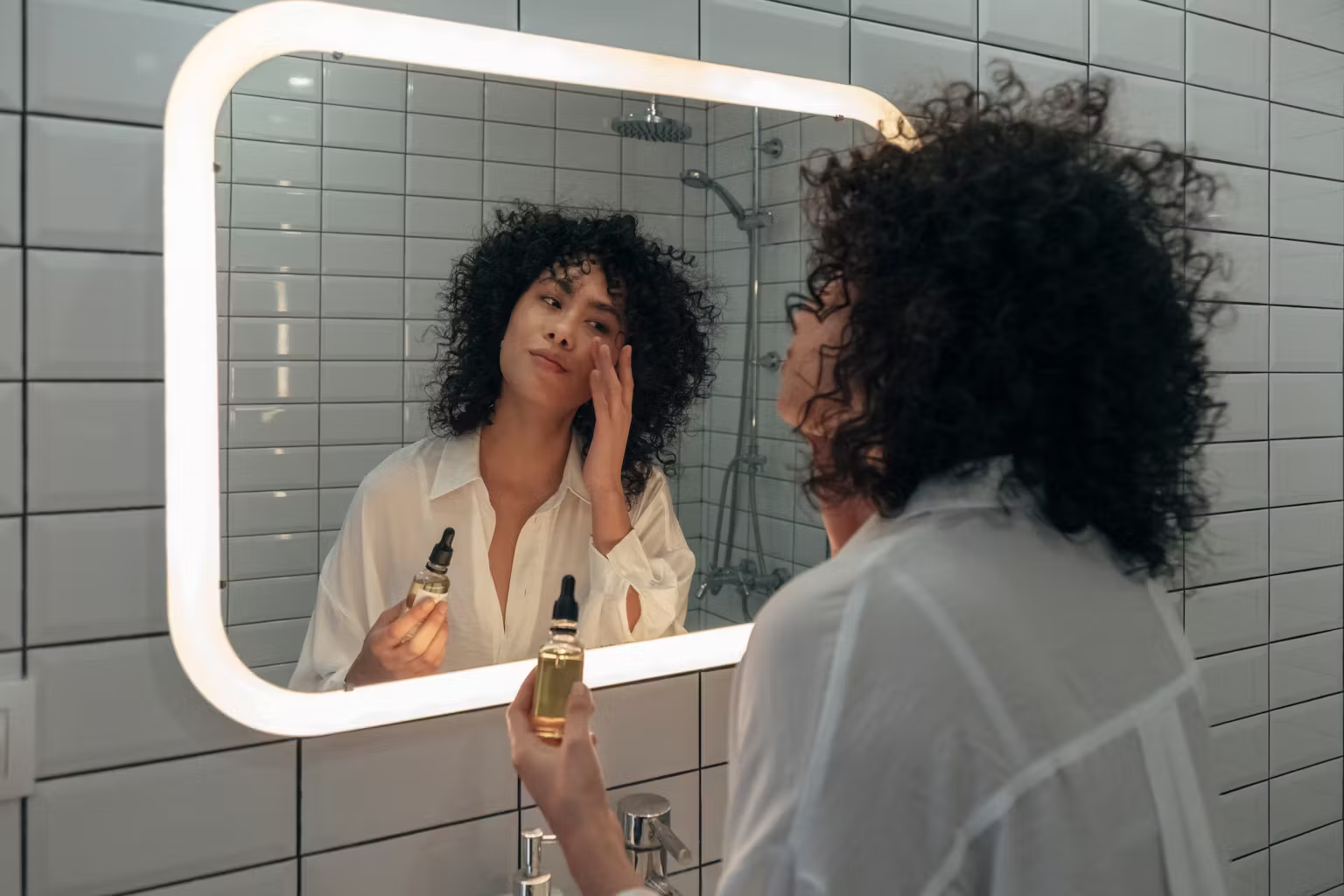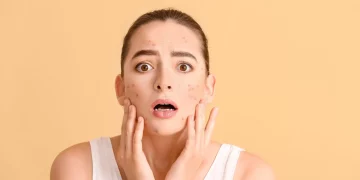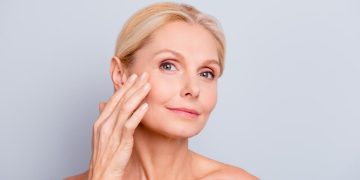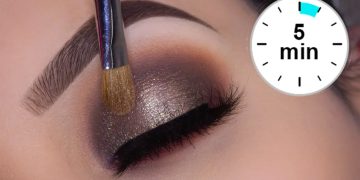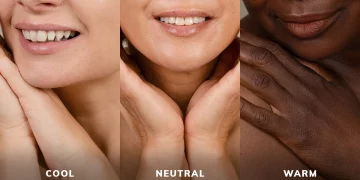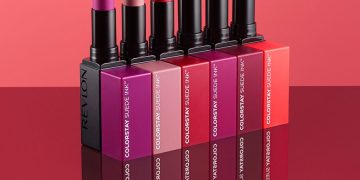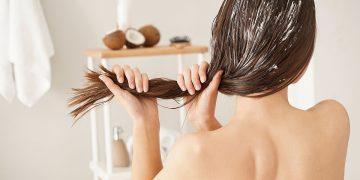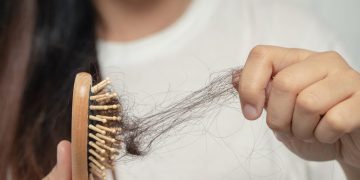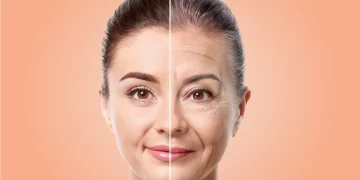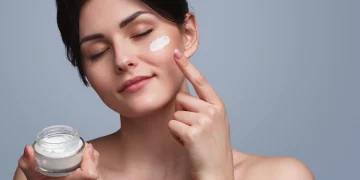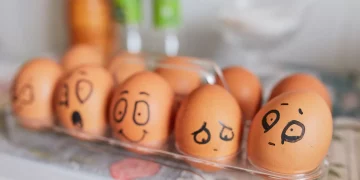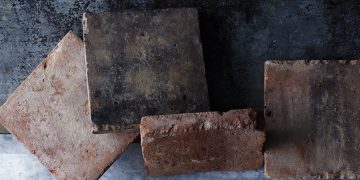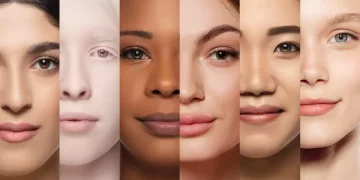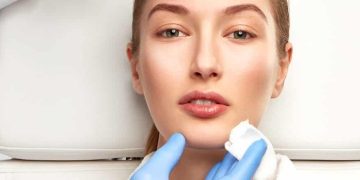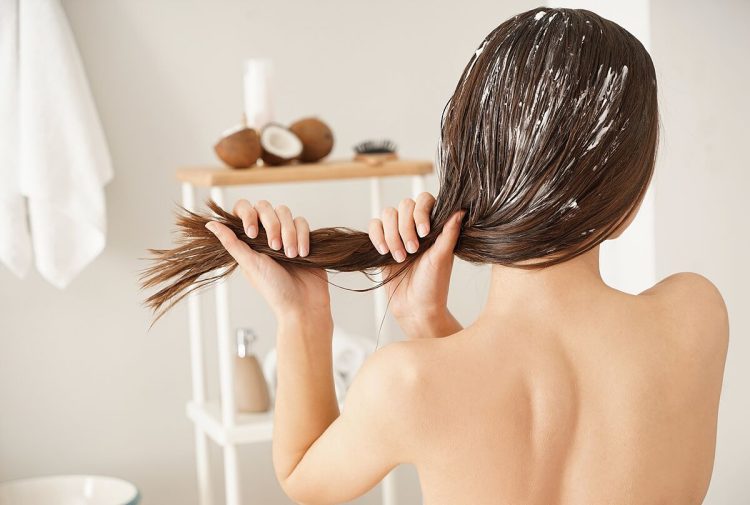Hair damage is one of the most common concerns for individuals, regardless of hair type, texture, or length. From over-styling to environmental exposure, the factors that contribute to hair damage are numerous. But, what happens when you’re left with damaged hair and the only solution you can think of is to reach for the scissors? Does hair always need to be cut to look healthy again, or can you repair it without going under the blade?
In this article, we will explore the options available for repairing damaged hair without resorting to a haircut, how to identify the causes of damage, and the most effective methods and products that can rejuvenate your hair and restore its natural luster. Let’s dive into how you can breathe new life into your hair while keeping those precious lengths intact.
Understanding Hair Damage
Before embarking on a repair journey, it’s essential to understand what damage is, how it occurs, and why some methods work better than others. Hair damage manifests in many ways, including split ends, breakage, frizz, dullness, and general thinning. Essentially, hair damage occurs when the hair shaft is weakened due to internal or external factors.
Types of Hair Damage
- Mechanical Damage: This occurs from physical stress on your hair, such as brushing, combing, or styling with heat tools like straighteners or curling irons. Overuse of these methods leads to weakened hair strands that are prone to breakage.
- Chemical Damage: Frequent coloring, bleaching, perming, or relaxing can strip the hair of its natural oils and structure, causing it to become brittle and dry.
- Environmental Damage: Exposure to sun, wind, and pollution can cause hair to lose moisture and become dry and frizzy. Saltwater and chlorine from pools also strip the hair of its natural shine.
- Thermal Damage: High heat from styling tools is one of the most notorious culprits for damaged hair. Heat can cause the cuticle (the outer protective layer of the hair) to lift, leading to moisture loss and weakened strands.
Signs of Damaged Hair
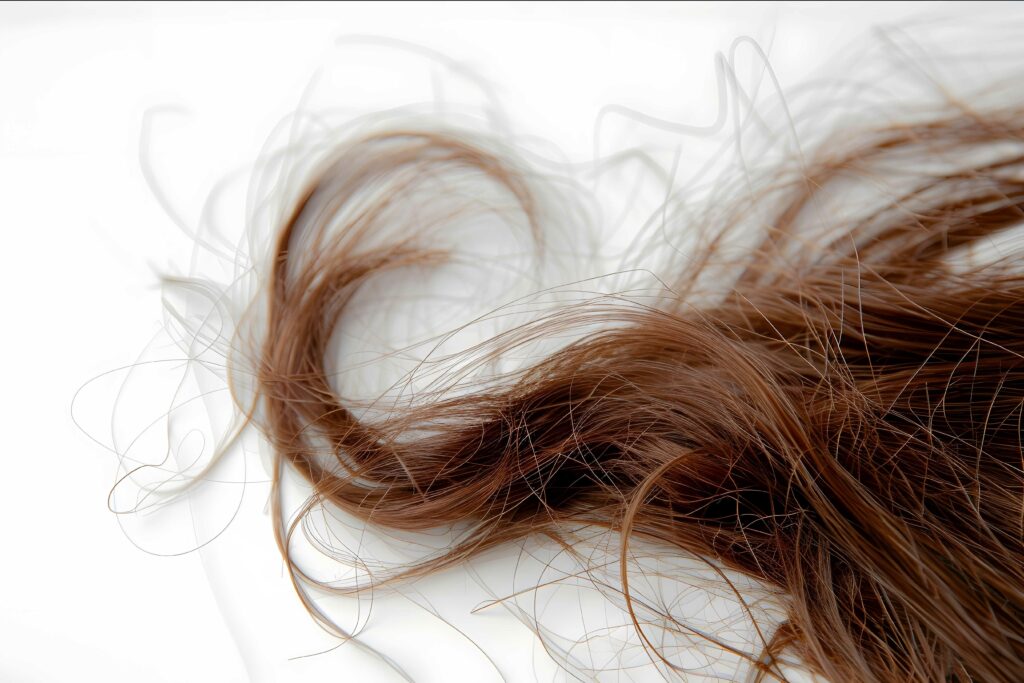
- Split Ends: The tips of your hair fray or break apart due to excessive dryness or heat.
- Breakage: Hair snaps off mid-strand, leading to uneven length and a lack of smoothness.
- Dullness: Hair loses its natural shine, becoming lifeless and flat.
- Frizz: When the hair cuticle opens up, moisture escapes, leaving the hair frizzy and uncontrollable.
- Thinning: Over time, hair may weaken and thin due to frequent chemical treatments or trauma.
How to Repair Damaged Hair Without Cutting It
While cutting damaged hair can sometimes be the quickest way to restore a fresh look, there are several effective methods to repair and rejuvenate your hair without resorting to the scissors. Below are expert-recommended strategies for treating hair damage and helping your locks regain their strength, shine, and vitality.
1. Hydration is Key: Deep Conditioning Treatments
One of the simplest ways to restore damaged hair is by replenishing moisture. Dry hair is more prone to breakage and frizz, so regular hydration is crucial.
Why It Works:
Deep conditioning treatments provide intense moisture to dry strands and help seal the cuticle, preventing further moisture loss. Regular use of deep conditioning masks can help repair the structure of your hair, improving its overall health.
How to Do It:
- Choose a Deep Conditioner: Look for masks that contain nourishing ingredients such as shea butter, argan oil, coconut oil, and keratin. These ingredients can deeply hydrate and smooth the hair.
- Apply to Damp Hair: After shampooing, apply the conditioner generously from root to tip. Leave it on for 20-30 minutes (depending on the product) to allow your hair to absorb the moisture.
- Use Weekly: Incorporate deep conditioning into your weekly hair care routine to keep your hair hydrated and prevent future damage.
2. Protein Treatments to Strengthen Hair
Protein is an essential component of hair, and when your hair becomes damaged, it often loses its natural protein content. Replenishing lost protein can help strengthen the hair shaft and improve its elasticity.
Why It Works:
Protein treatments repair the hair’s internal structure by replenishing the building blocks (like keratin) that the hair needs to remain strong and resilient.
How to Do It:
- Choose a Protein-Rich Treatment: Look for hair masks or leave-in conditioners that contain hydrolyzed silk, keratin, or collagen. These proteins work well to rebuild damaged strands.
- Don’t Overdo It: While protein is essential, too much can make the hair feel stiff and brittle. Use protein treatments once every 1-2 weeks, depending on your hair’s needs.
- Combine with Moisture: To avoid protein overload, follow up with a moisturizing conditioner after using a protein treatment to balance hydration levels.
3. Gentle Hair Care Routine
Sometimes, hair damage isn’t just about the products you use, but how you handle your hair. Using harsh tools, rough towel-drying, or constantly tugging at your hair can exacerbate damage.
Why It Works:
Gentle handling of your hair reduces the risk of further breakage, split ends, and stress on the strands.
How to Do It:
- Use a Wide-Tooth Comb: Wet hair is more prone to breakage, so always detangle with a wide-tooth comb rather than a brush.
- Towel Dry Gently: Instead of rubbing your hair with a towel, gently blot and squeeze out excess water. This minimizes friction and prevents damage.
- Avoid Tight Hairstyles: Tight ponytails, braids, or buns can cause breakage at the roots. Opt for loose, low-stress styles that don’t pull on the hair.
4. Heat Protection Is a Must
Heat styling tools can be incredibly damaging to hair, but if you can’t live without your flat iron or blow dryer, it’s crucial to use heat protectant products.
Why It Works:
Heat protectants create a barrier between your hair and the heat, helping to prevent moisture loss and structural damage to the cuticle.
How to Do It:

- Use a Heat Protectant Spray or Serum: Before using any styling tools, spray a generous amount of heat protectant on your damp hair. This shields the hair from direct heat exposure.
- Set Tools to Low Heat: Whenever possible, use the lowest effective heat setting on your styling tools to minimize damage.
- Limit Heat Use: Try to reduce the frequency of heat styling. Give your hair regular breaks to restore its natural strength.
5. Scalp Care for Healthy Hair Growth
Healthy hair begins with a healthy scalp. If your scalp is not in the best condition, it can impact hair growth and contribute to hair damage.
Why It Works:
Scalp health is crucial for hair growth, and a well-nourished scalp can lead to stronger, more resilient hair strands.
How to Do It:
- Scalp Massages: Gently massaging the scalp with your fingertips helps improve blood circulation, which in turn stimulates hair follicles for healthier hair growth.
- Use a Scalp Scrub: A gentle exfoliating scalp scrub can remove product buildup, excess oils, and dead skin cells, promoting a cleaner, healthier environment for your hair.
- Avoid Over-Washing: Washing your hair too often can strip the scalp of its natural oils, which are necessary for maintaining healthy hair. Try washing 2-3 times a week.
6. Trim Split Ends (But Not the Whole Hair)
While trimming is often seen as a solution to damaged hair, sometimes you can simply address the most problematic ends without cutting off length.
Why It Works:
Split ends are a visible sign of damage, and leaving them unaddressed can make hair appear more frizzy and unhealthy.
How to Do It:
- Trim Just the Tips: If your hair is generally healthy, you can trim just the split ends with a small, sharp pair of scissors. This doesn’t require a full haircut but helps prevent further splitting.
- Use Scissors Designed for Hair: Make sure you use hair-cutting scissors to get a clean cut and avoid creating additional fraying at the ends.
Conclusion
Repairing damaged hair without cutting it requires patience, commitment, and the right products and practices. By incorporating moisturizing, protein treatments, gentle hair care routines, and protecting your hair from heat and damage, you can restore your hair to its healthiest state without losing length.
Remember, healthy hair is not achieved overnight, but with consistent care, you’ll be able to reverse the damage and see noticeable improvement. Whether your hair has been over-processed, exposed to the elements, or is just in need of some TLC, there are plenty of options to restore it without picking up the scissors.


